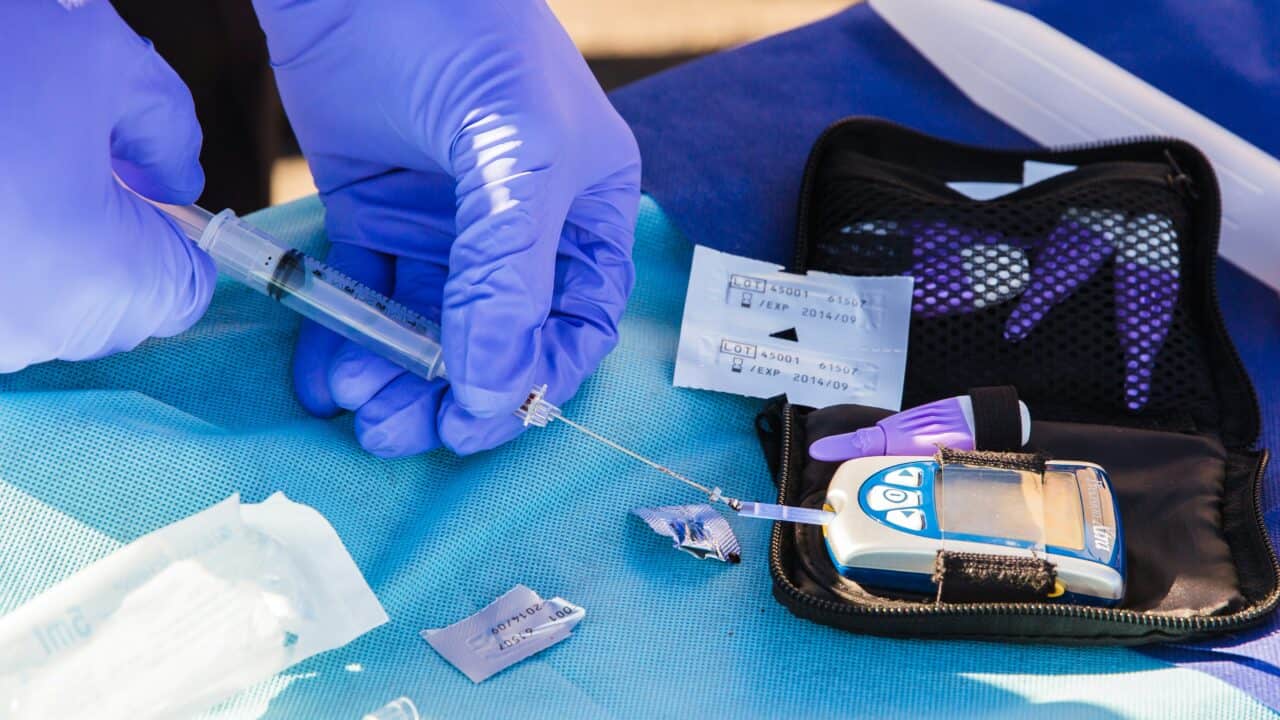 Photo by Matt C on Unsplash
Photo by Matt C on Unsplash
In a recent study by the activist-funded JAMA Network, researchers erroneously “determined” that the price of diabetes medicines, like insulins, SGLT2 inhibitors, and GLP-1 agonists, were “too high.” Unsurprisingly, they touted price controls as a policy tool for governments to use to reduce these costs.
This study uses cost-based pricing to assess affordability – a fundamentally flawed measure, as it does not consider the research and development costs that go into the creation of a new medicine. Further, price controls as a solution would erode innovation, leading to fewer new diabetes treatments in the future.
To determine the ideal price for diabetes medicines, JAMA used a method called cost-based pricing, which only estimates the cost of manufacturing a copy of a medicine, and the prices that generic or biosimilar manufacturers could offer consumers. It does not consider the immense costs of R&D or the costs to expand manufacturing capacity to create the drug.
During an average drug development process, a manufacturer must invest an average of $2.6 billion and spend 11.5 to 15 years in research and development. Even so, most drug development programs fail.
As detailed by Stephen Ezell of the Information Technology & Innovation Foundation (ITIF), as little as 0.05 percent of drugs make it from drug discovery to clinical trials. Of the few medicines that make it to clinical testing, only about 12 percent of medicines that begin clinical trials are approved for introduction by the FDA. Even if a drug is approved, it is likely that the profits from said drug will not recoup its R&D costs. One study in the Health Economics journal found that 80 percent of new drugs made less than their capitalized R&D costs.
Given that the need to recover these costs are a primary factor in the price of medicines, it is misleading and irresponsible to ignore them. Certainly, any conclusion about what a drug’s “ideal price” should be that doesn’t account for these costs should be ignored.
Not only is JAMA’s methodology inadequate, but their policy considerations threaten manufacturers’ incentive to innovate.
In the study’s “Policy Consideration” section, authors state that price controls are a good tool for governments to use to solve this problem:
“Governments have a range of policy tools, procurement mechanisms, and legal avenues available to reduce the prices of unaffordable medicines. These include, for example, price controls and joint procurement between different countries (pooled procurement).”
Certainly, as described earlier, drug development is a high-risk business. The last thing this industry and its investors need are more disincentives to innovate. In healthcare, the consequences of a lack of medical innovation are a matter of life and death.
If diabetes medicines were subject to price controls, manufacturers would cease to innovate as much as they do in this space. This is particularly alarming, as diabetes is a prevalent and growing problem in the United States. Roughly 12 percent of Americans have diabetes. In 2021, diabetes was mentioned as a cause of death in a staggering 399,401 death certificates. To stifle innovation now would be radically irresponsible.
Lawmakers and policy professionals should not be swayed by this study, as it is misleading and threatens much-needed medical innovation.

